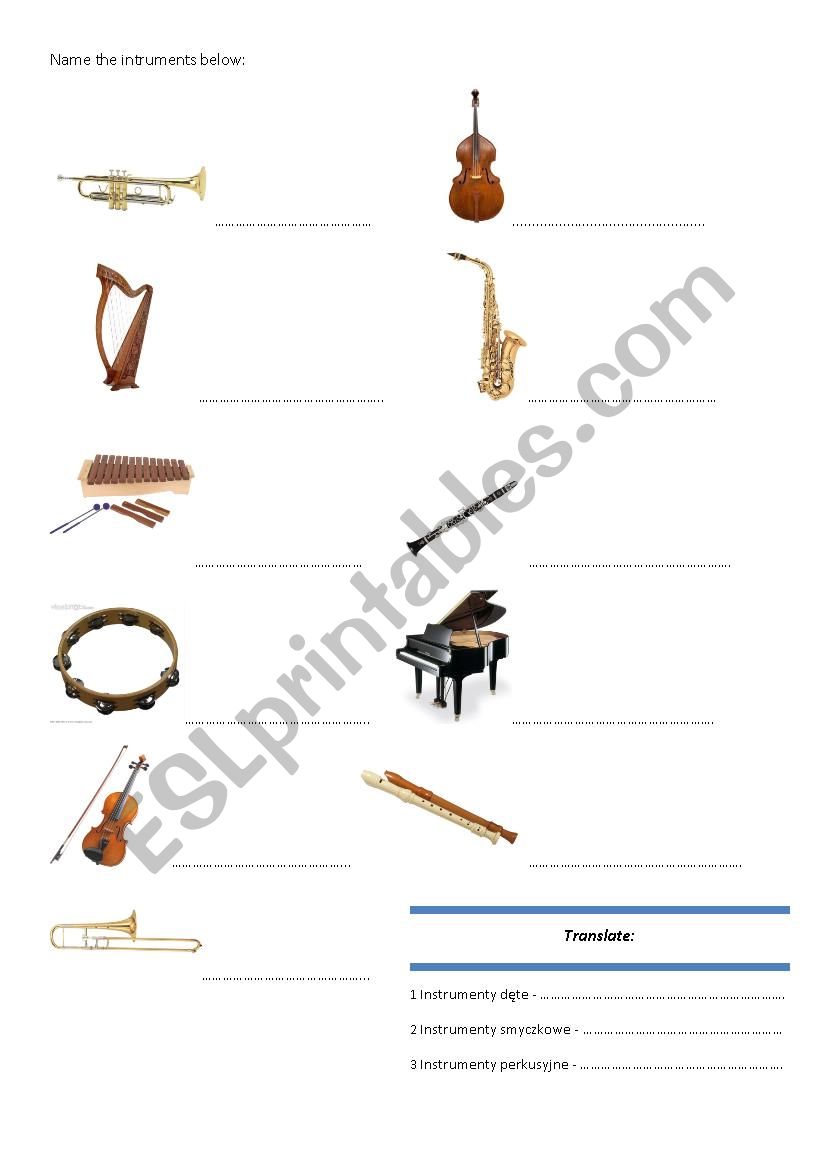

When designing research instruments, researchers should keep this in mind and leave out questions that might lead the respondent to their favourable responses. For example, the interviewer reacts differently around different interviewees or asks leading questions. Interviewer bias means letting the interviewers' viewpoints and attitudes affect the research outcome. Interviewer bias happens when the researcher/observer/interviewer interacts directly with the participants. This is simply a document that defines the structure of the interview - what questions to ask and in which order. However, it requires experienced interviewers to drive the best response from the interviewees.Ĭam recorder & video conferencing tools (online interview)įor example, when using interviews in research, the researcher can also create a document that provides a focus for the interview.

They are more organised than unstructured interviews, though not as rigid as structured interviews.Ĭompared to other research instruments, interviews provide more reliable results and allow the interviewers to engage and connect with the participants. Semi-structured interviews are a blend of structured and unstructured interviews. The participants can express themselves more freely and elaborate on their answers. Questions are mostly open-ended and are not arranged in order. Unstructured interviews are the opposite of structured interviews. Structured interviews are easy to execute but leave little room for spontaneity. These questions are often closed-ended and draw a yes, no or a short answer from the respondents. Structured interviews include an ordered list of questions. It includes three main types: structured, unstructured, and semi-structured interviews. The interview is a qualitative research method that collects data by asking questions. Interview as a research instrument, Unsplash The most common ones are interviews, surveys, observations, and focus groups. There are many examples of research instruments.

In research, marketers often collect data from various sources to produce and validate research results. Market Segmentation Targeting and Positioning.


 0 kommentar(er)
0 kommentar(er)
